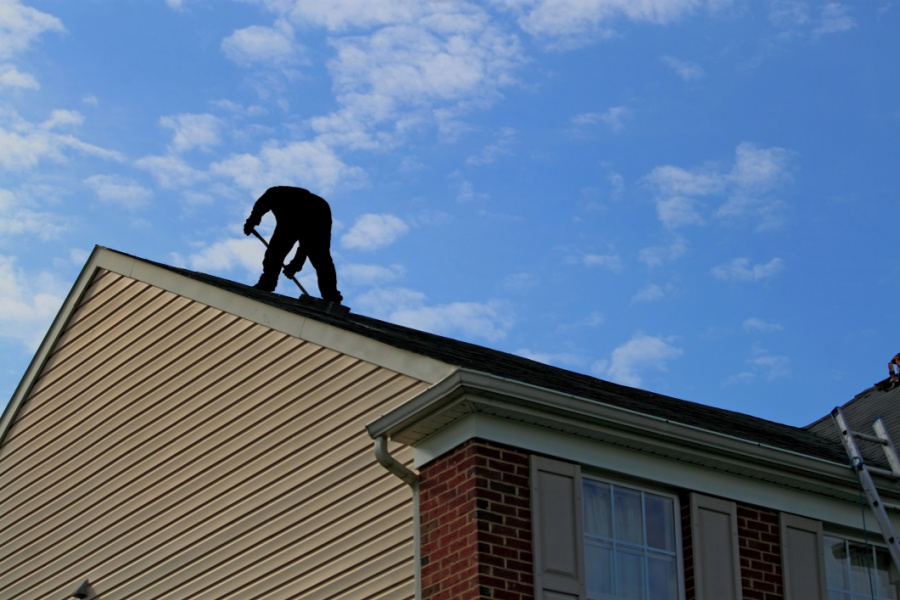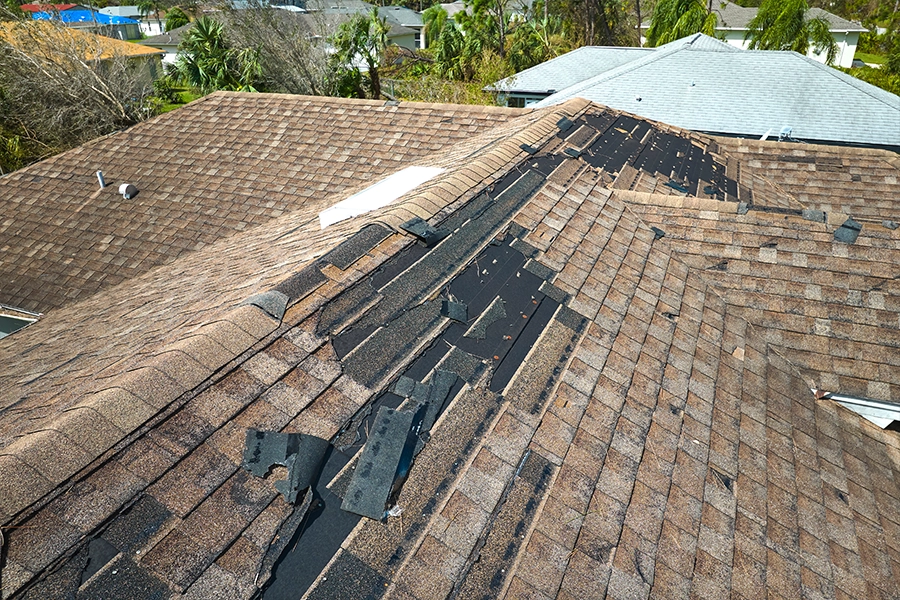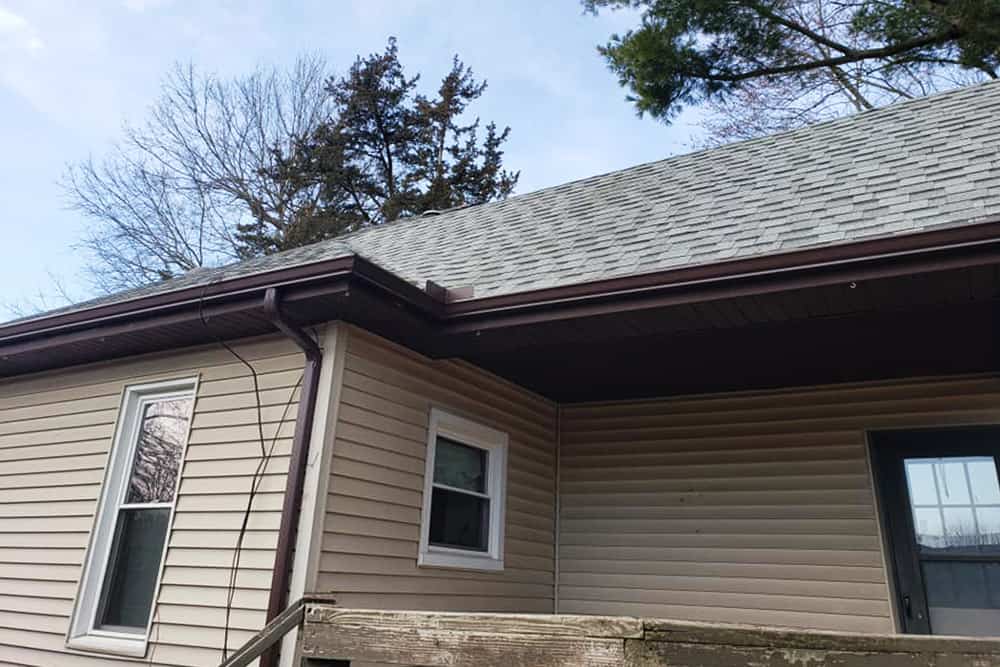With the cold setting in, you’re pulling out your hoodies and long pants. It’s also time to tackle a few simple maintenance items before winter hits. They’ll make the cold weather more pleasant and prevent some expensive surprises next spring.
1) Clean and Store Your Mower
If you’re not familiar with what fuel stabilizer is, do a quick Google search to learn more. The gas in your mower will slowly deteriorate over the winter if not stabilized, which can damage internal engine parts. Fuel stabilizer is cheap and prevents gas from degrading in the winter months. Top off your mower tank with stabilized gas before store it for the winter and be sure to run the mower for a few minutes to help the stabilizer reach the carburetor. Alternatively, you can run your mower dry before stowing it.
Once done:
- Let the mower cool if it’s not already, pull out the spark plug and pour a capful of engine oil into the spark plug hole.
- Pull the starter cord a few of times to distribute the oil and keep the pistons lubricated for an easy start later.
- Turn the mower onto its side and clean out any accumulated grass and gunk from the deck.
2) Remove Garden Hoses
Remove garden hoses from outdoor spigots. Leaving hoses attached during freezing temps can cause water to back up into your exterior walls and crack your pipes. Make this an early fall priority to avoid getting damage during an unexpected cold snap. Also, turn off the shutoff valves on any water supply lines that lead to exterior faucets to protect against minor leaks. While you’re doing these things, be sure to drain garden hoses before storing them.
3) Drain Your Sprinkler System
Even buried irrigation lines can freeze, leading to busted pipes and broken sprinkler heads that will be a nightmare to address in the spring. To do this:
- Shut off the water to the system at the main valve.
- Turn off the automatic controller.
- Open drain valves to get out any water in the system.
- Remove above-ground sprinkler heads, shake out the water, then replace.
If you don’t have drain valves, hire an irrigation pro to blow out the system pipes. The small cost to do this is a small price to pay to avoid replacing irrigation lines next spring.
4) Seal Air Leaks
Grab some of tubes of color-matched exterior caulk and walk around your home’s exterior, sealing any cracks between your trim and siding, around window and door frames, and around penetrations into the home. Preventing moisture from getting inside your walls is critical and seals in any air that leaks energy. Choose a nice day when temps are above 50 degrees so caulk flows easily and cures well.
#5) Clean Your Gutters
Clogged gutter cause ice dams, which can lead to expensive repairs. After the majority of leaves have fallen, clean out leaves, twigs, and any other buildup. Be sure gutters aren’t sagging and trapping water then tighten gutter hangers and downspout brackets. Finally, replace any worn or damaged gutters and downspouts yourself, or call a gutter company in Springfield, like Capital City!
If you find colored asphalt grit in your gutters, beware. That grit helps protect shingles from the damaging ultraviolet rays of the sun, so if it’s in your gutters, you may have damage or need a roof replacement.
Your downspouts should extend a minimum of five feet away from your house to prevent foundation cracks. If they don’t, tack on some downspout extensions.
6) Inspect Your Roof
If you have a steep roof or a multi-level house, be safe and use binoculars to inspect your roof from the ground. Warning signs to look for are shingles that are buckling, cracked, or missing or rust on your flashing. Black algae stains are a cosmetic issue, but large amounts of moss and lichen could mean decay. Call in a roofing company in Springfield for a second pair of eyes.
You plumbing vent stack is normally flashed with a rubber collar which can crack or loosen over time. Your boot will wear out before your roof does, so make sure it has no damage. If it does, call in a pro to replace it.
7) Direct Your Drainage
Take a look at the soil around your foundation to ensure it slopes away from your house. Otherwise, you’ll have water soaking the soils around your foundation, which could lead to cracks and leaks. Also be sure soil doesn’t touch your siding.
8) Check Your Furnace
Schedule an appointment with an HVAC company to get your heating system checked and ready for the winter. Change your furnace filters, too. This is a job you should be doing every 2-3 months anyway, but if you haven’t, now’s the ideal time. If your HVAC includes a built-in humidifier, that filter needs replacing, too.
9) Prune Plants
The best time to prune bushes and trees is later in the fall when the summer growth cycle is over. Aim to keep limbs and branches at least three feet from your house so water won’t drip onto roofing and siding, and to prevent damage to your house during high winds.
10) Inspect Your Fireplace
Grab a flashlight and look up inside your fireplace flue to ensure the damper opens and closes properly. Open the damper and look up into the flue to check for any nests, branches, leaves, or other obstructions. You should see daylight at the top of the chimney.
Inspect the firebox for cracked or missing bricks and mortar. If you spot any damage, call for a professional fireplace and chimney inspection. They can also clean up creosote buildup, which should be done every other year.
Call Capital City Home Improvement
Need some help tackling your to-do list? Give us a call. Our estimates are free. We’d love to help you with your project!










